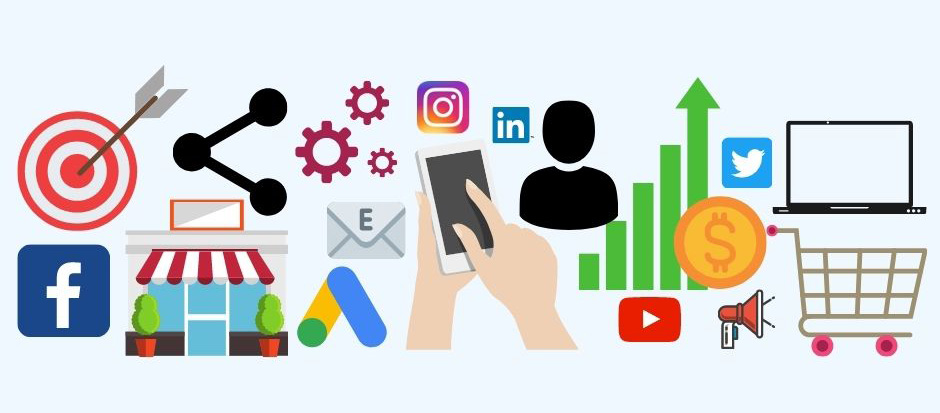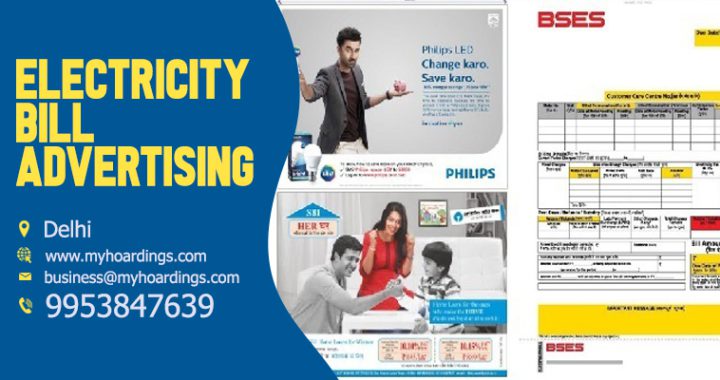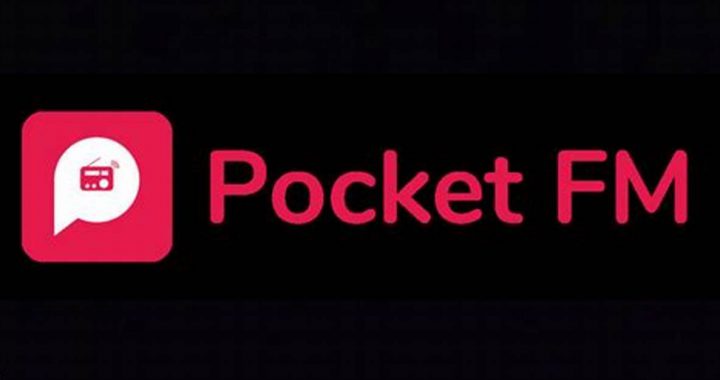ad network, ad agency, media buying agency, marketing agency and ad: What is the difference between them?
3 min read
Understanding the differences between an ad agency, media buying agency, marketing agency, and ad network is crucial for businesses to choose the right partners for their needs. Here’s a detailed breakdown of each:
Ad Agency
Advertising agencies specialize in communications programs such as advertising and direct marketing. Advertising agency teams include people with media planning and creative skills who are experienced in delivering communication messages to target audiences. You can use an advertising agency to create and deliver the campaigns that meet its strategy. If you have no marketing resources, running an advertising campaign without any strategic considerations could prove wasteful.

Media Buying Agency
It is a complex job and there are a lot of people with full-time titles of ‘Media Buyer’. When buying media, I’m buying the opportunity to advertise my good or service through a communication medium. This process is called ‘Media Buying’ because the advertiser is buying space from a person selling (the publisher). A media buying agency can help you build your digital media inventory through intelligent strategizing, negotiating, and purchasing ad placements based on the product being advertised and the target audience.
Marketing Agency
Marketing agencies, also called marketing firms or marketing companies, help clients implement and manage marketing strategies to achieve their business goals.
Ad Network
An online advertising network or ad network is a company that connects advertisers to websites that want to host advertisements. The key function of an ad network is an aggregation of ad supply from publishers and matching it with the advertiser’s demand.
How To Create Quality Video Ads
|
















